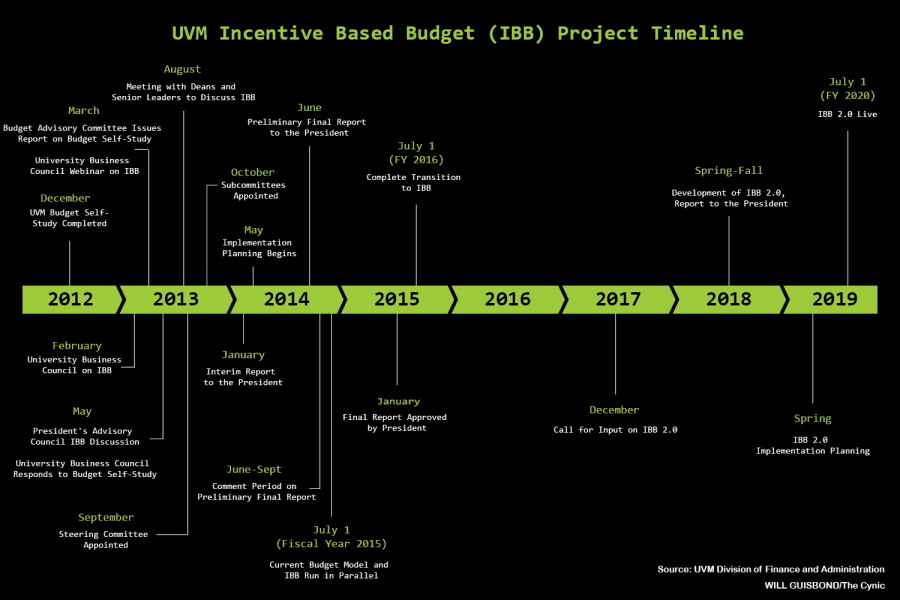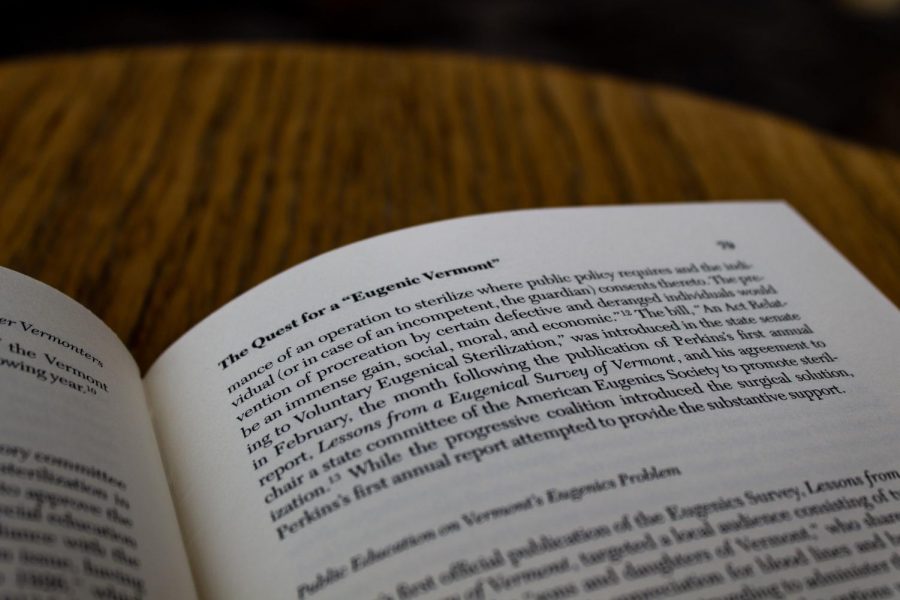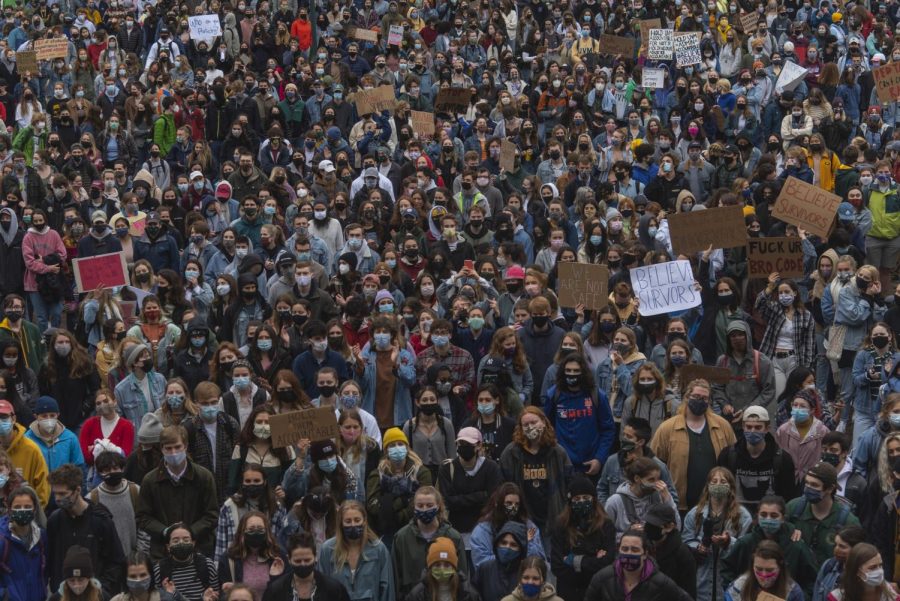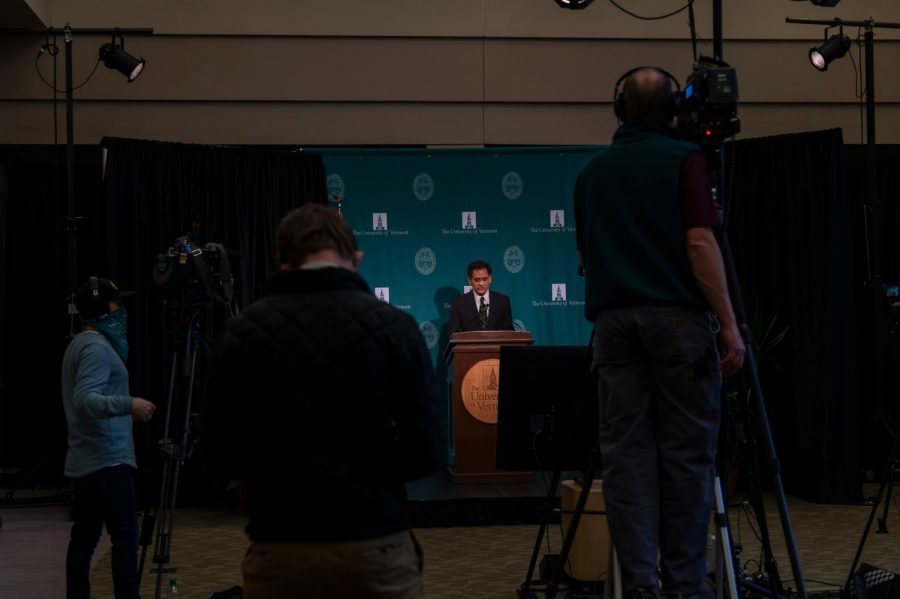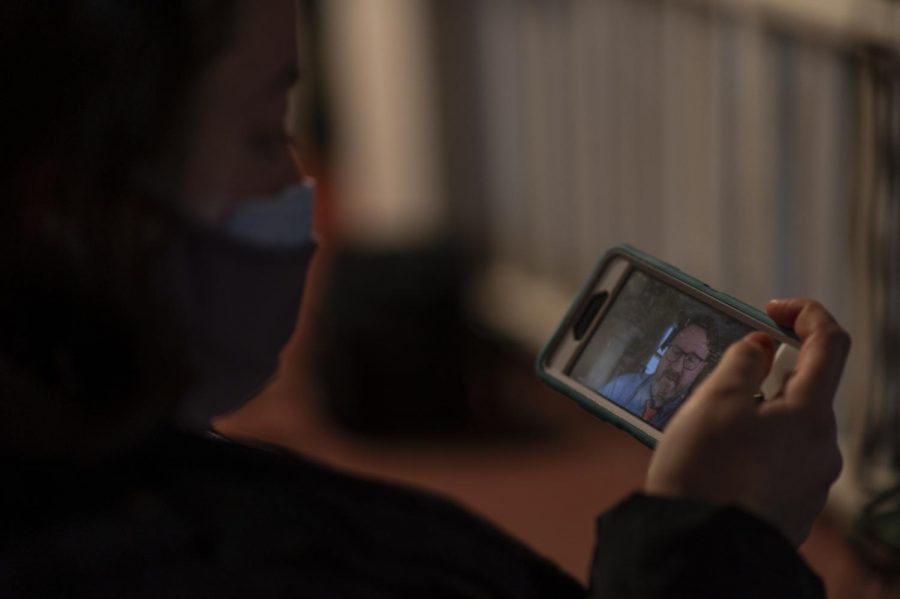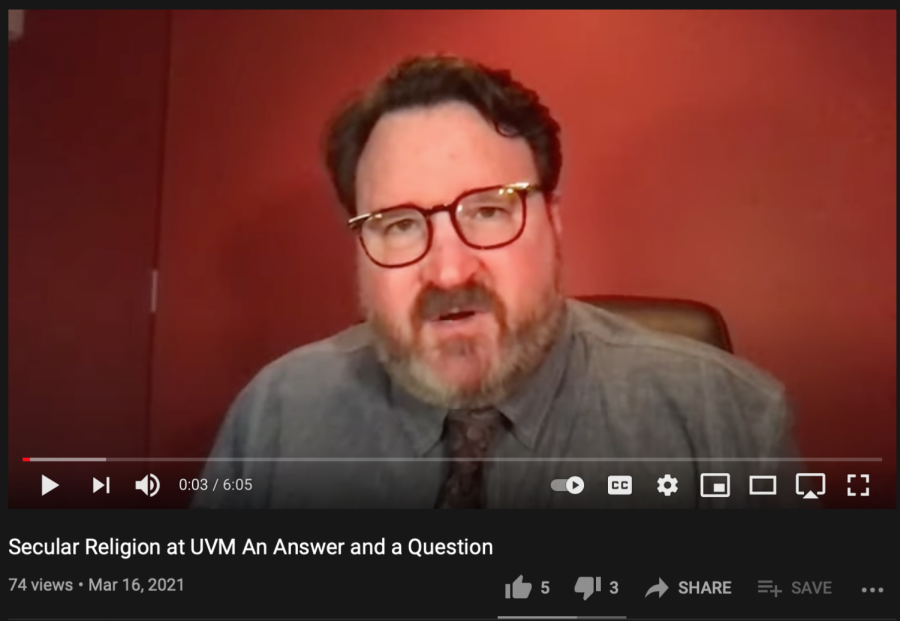John McGill
Year of graduation: 1978
John McGill is a native of Burlington. He received his undergraduate degree from Williams College. After traveling around the world, he attended medical school at the University of Vermont. He was a founder and president of Doctors Without Borders (or Médecins Sans Fronti??res/MSF), a non-profit organization sending trained doctors to any country needing emergency medical aid because of natural disaster, armed conflict, or epidemic. Doctors Without Borders won the Nobel Peace Prize in 1999, while McGill served as president.
What is your favorite memory from your time at UVM?
We built a raft and went down the Winooski River. As Med Students, we had a really fun and crazy group and we built this huge raft out of oil barrels. We picked this wild day on the river and went down and had a crazy ride. That was a fun time.
Did you have any particular experiences that helped to lead you toward non-profit work?
When I was an undergrad at Williams, I had two roommates who were going to go to grad school. We decided halfway through our senior year that the educational process had gone on long enough and we should take a break and travel around the world. We worked construction until mid-January and made enough money to travel around the world for a year and a half. We bought a VW in Israel, drove across Asia through Afghanistan and I started to think about my future. We had a lot of contact with the Afghans because there were no tourists up that way. Once you travel like that, you get it into your system. I went to medical school and got to do a final project, so a friend of mine and I did six weeks in Jamaica and six weeks in Peru. Back then no one did that, but we did.
How did you initially get involved with a French organization like MSF?
It was in my last year of medical school when the Soviets invaded Afghanistan. I heard about the invasion and it troubled me deeply because I realized that culture that had fascinated me so deeply was going to be gone. I wondered how I could help. I had some friends in the Emergency Care unit that had gone over to Saudi Arabia and they told me that I really needed to get over there, and I went. When I was there I had the opportunity to travel and I heard about a French group that was working in Afghanistan.
How did you come to found the American branch of MSF?
When the Soviet Union fell, I had to make some decisions about what I wanted to do with my life. I really liked working one-on-one with patients, so I decided to go back to the States. France was interested in setting up an MSF office in the United States so they contacted me. I was the first American physician to be involved with MSF, but the French were not very concerned with recruiting in the US. I felt quite strongly that the organization was only as strong as its volunteers; they needed to be the best and we had some in the United States who could be better than anyone in the world. I pushed to get more Americans because you can have a lot of money but if you don’t have the right people out there you don’t have the best organization. In 1996, I became the president and I am still working full-time as an Emergency Medicine physician.
What was your response to winning the Nobel Peace Prize?
It was interesting in that we had been on the list to win the prize for years. The night before they were going to announce the winner, the head of communications called me and told me she hadn’t heard anything and that she didn’t think that we were going to get it. Then I get awakened at three in the morning by a phone call letting me know that we had won. I was stunned and then overwhelmed. I was in awe of the organization that I was a part of. It made me think of everyone that was in the field at that time – they were all recognized.
Steve Badt
Year of Graduation: 1990
Major: Political Science
Steve Badt graduated from UVM in 1990 and majored in Political Science. He cooked under celebrity chef Alan Harding at one of New York’s glitziest restaurants, Nosmo King. While there, he impressed celebrities such as Matthew Broderick with his gourmet preparations. He also held jobs in notable restaurants in Boston and Washington, D.C. After living the high life for a few years, he began to wonder whether the life of a celebrity chef was really for him. He loved to cook but was looking for a job that brought more meaning to his life. This realization led him to begin work at Miriam’s Kitchen, a local D.C. soup kitchen, where he has worked hard to create a gourmet menu to serve to the homeless daily.
What are a few of your favorite memories from your time at UVM?
When I got to UVM, Phish was playing at Nectar’s. As a freshman they were just starting to play together and they would play small benefits for things like the Apartheid protests.
How did you get from graduating from UVM with a degree in Political Science to where you are today?
I just basically burnt out on school. I decided to go to New York City to go to cooking school. I started working in a restaurant in Boston and then one in Washington, D.C. for a couple years. Then I started to burn out on the lifestyle -I wanted to do something more with my life in a sense, so I went back to school and got a Master’s in non-profit, but I wanted to merge my restaurant skills into the non-profit work. Miriam’s Kitchen is just the perfect job for me. When I got here it was a typical soup kitchen. I went in and said I wanted to turn this kitchen on its head. I wanted to put the adrenalin into the kitchen as if it were a restaurant kitchen. I wanted to put that stress and perfection into the operation. Why can’t a soup kitchen prepare great food for the homeless?
What would a typical brunch look like?
A typical menu might be French toast with a side of fresh strawberry sauce and whipped cream. Next to that might be some lasagna or salmon crab cakes. Then there would be a fresh green salad and there might be a fresh fruit smoothie. We will always have a breakfast item and often have a lunchtime item.
How many people do you serve a day?
Two hundred and twenty five people a day. Many homeless take buses across town to eat with us.
How do you raise the monÂey to serve such gourmet meals?
The beauty of it is that once you start selling the concept to your donors, the word spreads. For example, I have two local organic farmers markets here in D.C. that give me fresh produce every week, approximately $500 a week. I have hunters that will drop off venison. I have fishermen that drop off wild salmon and other fish. The more ambitious I got with the menu, the more money poured in. It costs us about $1 in food ingredients per client. Even as we keep expanding the menu, my goal is to never go above that $1.
What kind of volunteer help do you get?
We have a volunteer waiting list at Miriam’s Kitchen and I think that one of the reasons that we have that is because we don’t accept the status quo. At the end of the day, after they have seen the meal that we have made, they feel good about the way that they have spent their time. We have volunteers from the White House, World Bank, and IMF. We have 50 organizations that come on a monthly basis. These are working professionals who are choosing to wake up at 4:00 or 5:00 in the morning to get to Miriam’s Kitchen by 6:00. It’s a big commitment and I want to make it worth their time.











